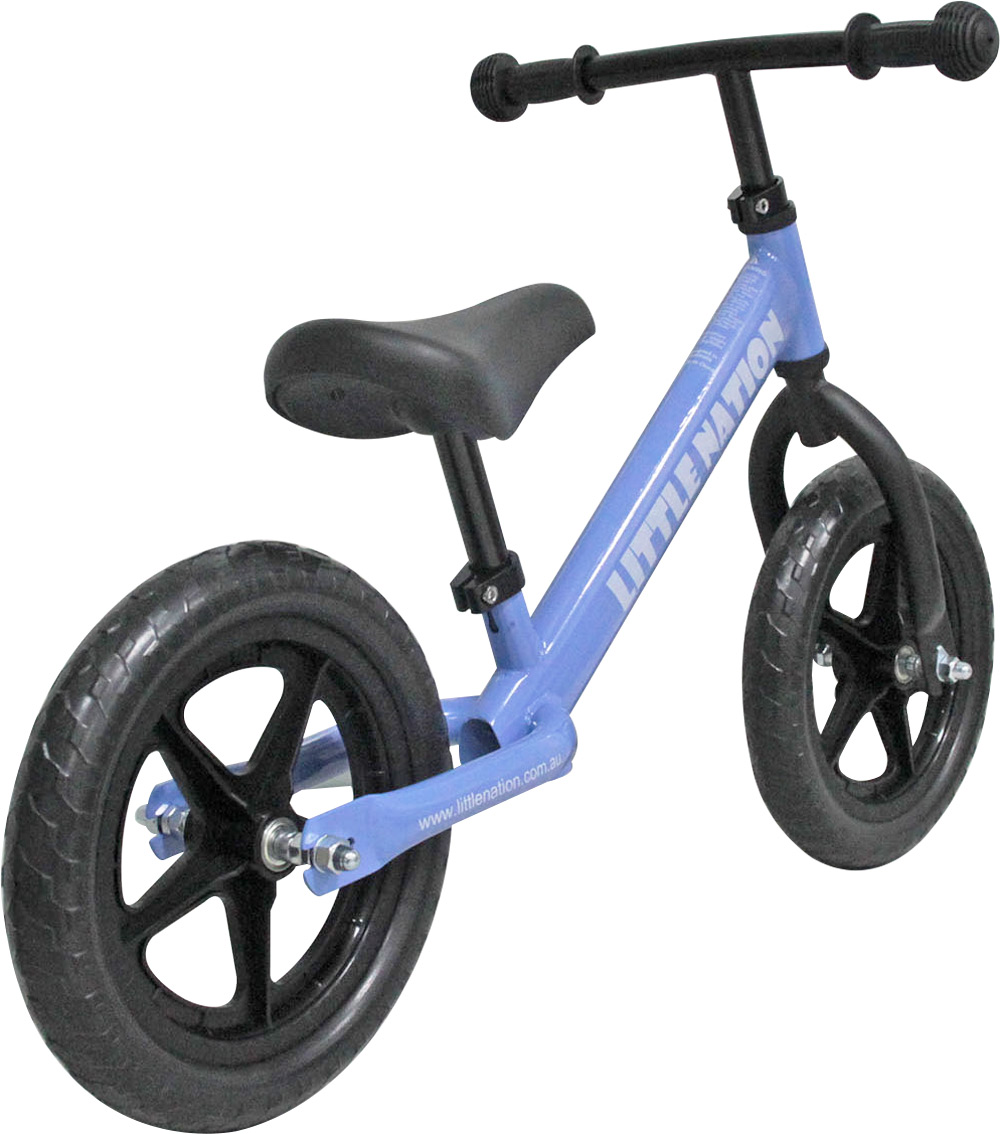[fusion_text]There are so many mobility milestones in early childhood that it’s hard to remember that most of them are controlled by the same area in the brain. Crawling, climbing, walking, running, and swimming are all gross-motor skills that kids use to explore their environment as they learn what they need to know about their bodies and the world they live in. These milestones are a product of watching other people and imitating their actions, and the earlier the skills are learned, the better your child will be at using them later.
The same goes for riding a bike. It is a major milestone in childhood and with the advent of new methods of teaching the skills needed, it is coming sooner and sooner. Balance bikes have given children as young as eighteen months the ability to ride because they are teaching the fundamental skills of riding in a way that toddlers can grasp. To explore this further, we decided to grade the most popular traditional methods of teaching children to ride, from ride-on toys to balance bikes, on their ability to teach the core skills kids learn from riding a bike. These skills are coordination, balance, object manipulation/steering, and propulsion adaptation, as well as how well they enhance mobility (different terrain, different speeds, etc.). The average of these scores is listed as their ability to ease the transition onto a pedal bike.
Tricycles: D+
Tricycles are very popular, but they teach neither the proper steering technique nor the balance required to ride a two-wheeled pedal bike. They are not very customizable, resulting in a poor fit that makes pedaling more difficult, making coordination more difficult. They can go over most terrain, and moderately enhance mobility.
Training Wheels: C
Training wheels have the same drawbacks as training wheels, with the exception of pedaling and coordination being impeded by the seat-to-pedal ratio. Coordination is still impeded by the inability to learn and implement proper steering techniques, such as leaning into turns. Training wheels impede mobility and the amount of terrain that can be covered, but not to as great a degree as training wheels.
Ride On Toys: D
Ride on toys are propelled by someone else or by a motor that only requires a push of a button, making them a terrible option for learning propulsion. They also do not teach proper steering technique, complex coordination, or balance. They are small and lightweight, so they are a popular choice for very young riders, but they ultimately make for a difficult transition
Balance Bikes: A
Balance bikes do not have pedals, but do teach propulsion adaptation as children learn to push the bike with their feet to glide. They can go over any terrain and reach speeds equal to two-wheeled pedal bikes. They do teach balance and proper steering techniques, thus teaching coordination. They are also small, lightweight, and cater to very young riders.
All of these skills benefit children later in life in other physical and athletic activities, such as sports, as well as more complex life and work skills, such as driving, playing an instrument, and keyboarding. Much like language is best learned and the language center of the brain developed during the first five years of life, the earlier these skills are learned and the motor-skill areas developed, the better. Balance bikes make it easier for kids to transition onto a pedal bike and master all of these skills than any other method of teaching.[/fusion_text]



